Growth in the Textile Industry
The textile industry is a significant driver of the Sodium Hydroxide Market, as sodium hydroxide is widely used in the production of textiles. It plays a crucial role in processes such as mercerization, which enhances the strength and dye affinity of cotton fibers. The textile market has shown resilience, with a projected growth rate of approximately 4% annually. This growth is likely to increase the demand for sodium hydroxide, as manufacturers seek to improve product quality and meet consumer preferences for durable and vibrant textiles. The ongoing expansion of the textile sector is expected to further bolster sodium hydroxide consumption.
Rising Demand in the Food Industry
The food industry is emerging as a notable driver for the Sodium Hydroxide Market, particularly in food processing applications. Sodium hydroxide is utilized in various processes, including food preservation and pH regulation. The increasing focus on food safety and quality is propelling the demand for sodium hydroxide in food applications. In recent years, the food processing sector has experienced steady growth, with an annual increase of around 3%. This trend suggests that the sodium hydroxide market will likely see a corresponding rise in consumption as food manufacturers seek to enhance product safety and quality through effective processing techniques.
Expansion of the Pulp and Paper Industry
The pulp and paper industry significantly influences the Sodium Hydroxide Market, as sodium hydroxide is essential in the pulping process. The demand for paper products remains robust, driven by both traditional and digital printing needs. In recent years, the pulp and paper sector has seen a resurgence, with a reported growth rate of around 3% annually. This growth is expected to bolster the sodium hydroxide consumption, as it is utilized in the delignification process, which is crucial for producing high-quality paper. Consequently, the expansion of this industry is likely to sustain the demand for sodium hydroxide in the foreseeable future.
Regulatory Support for Sustainable Practices
The Sodium Hydroxide Market is benefiting from increasing regulatory support aimed at promoting sustainable practices across various sectors. Governments are implementing stringent regulations to reduce environmental impact, which encourages industries to adopt eco-friendly processes. Sodium hydroxide is often employed in wastewater treatment and recycling processes, aligning with these sustainability initiatives. As industries strive to comply with environmental regulations, the demand for sodium hydroxide is expected to rise. This regulatory landscape not only fosters growth in the sodium hydroxide market but also positions it as a key player in the transition towards more sustainable industrial practices.
Increasing Demand from Chemical Manufacturing
The Sodium Hydroxide Market is experiencing a notable surge in demand driven by the chemical manufacturing sector. Sodium hydroxide is a fundamental raw material used in the production of various chemicals, including chlorine, plastics, and solvents. As industries expand and innovate, the need for sodium hydroxide is projected to grow. In 2023, the chemical manufacturing segment accounted for approximately 60% of the total sodium hydroxide consumption, indicating its critical role in the industry. This trend is likely to continue as manufacturers seek to enhance production efficiency and meet the rising consumer demand for chemical products.
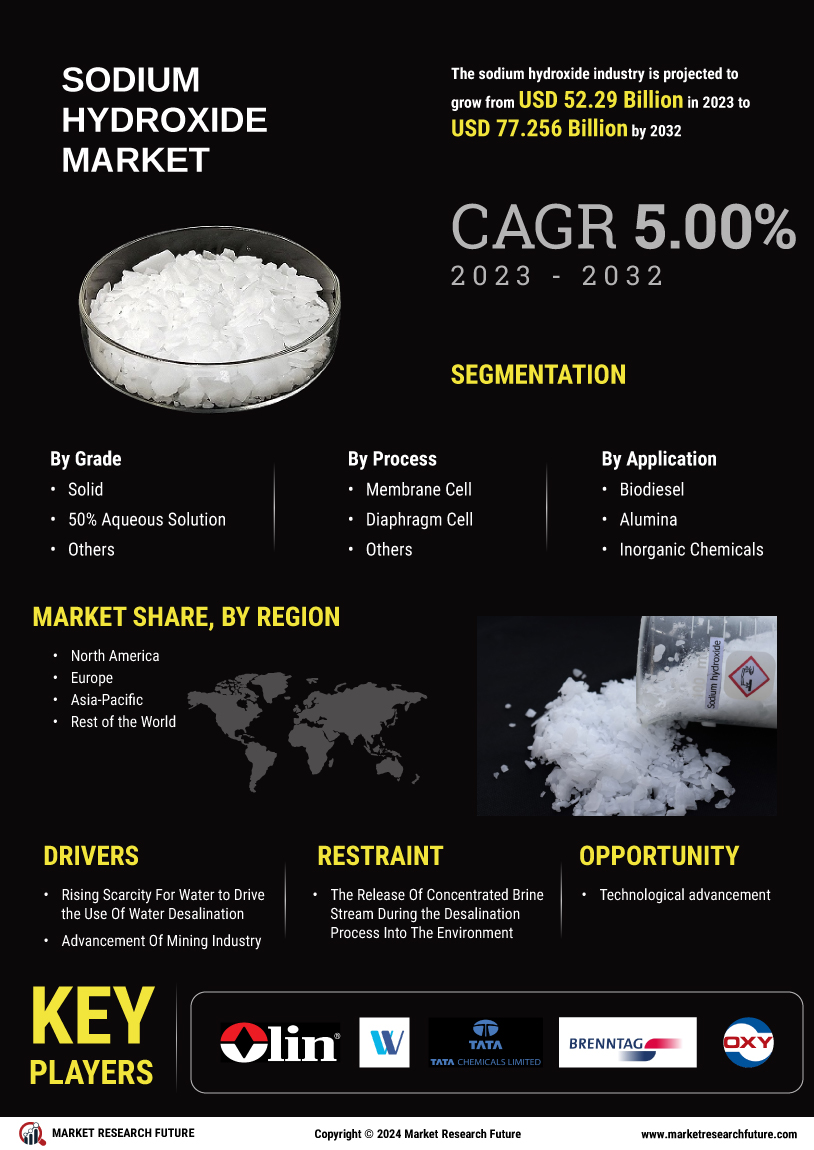

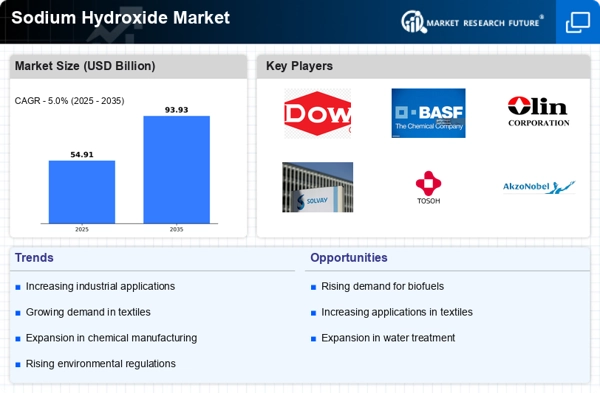
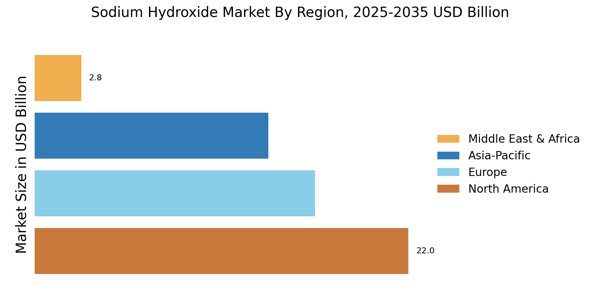
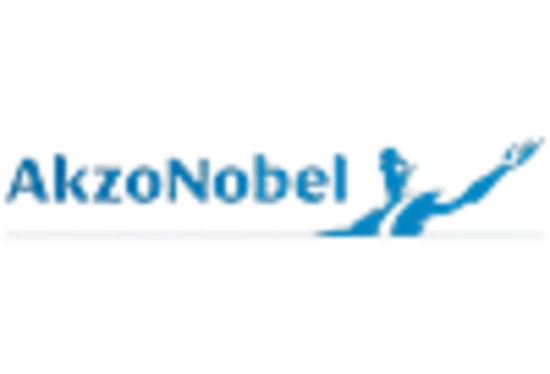


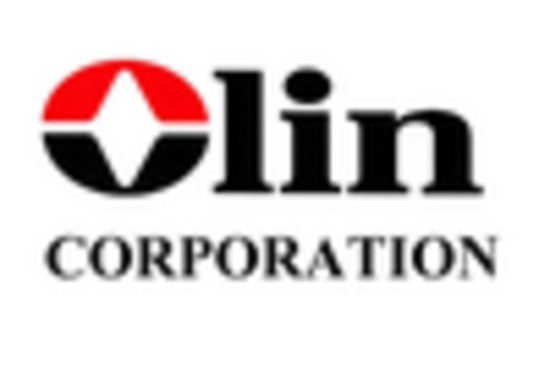

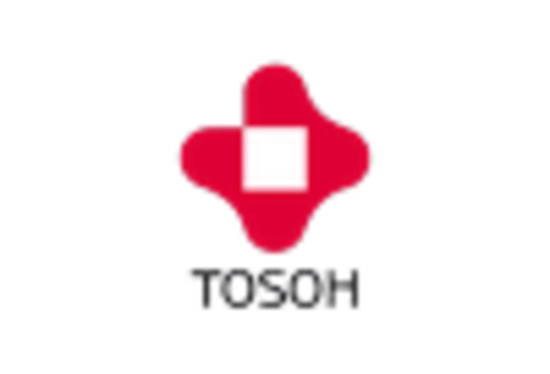








Leave a Comment